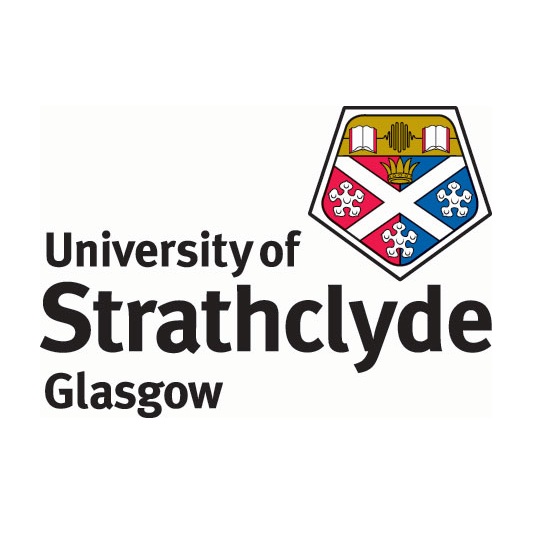Project Conclusions
While the building delivery process for the SIPBS building case study complies with industry standards, it can be improved upon to give clients a more realistic insight into building functionality and performance, enabling both clients and consultants to make better educated decisions regarding the design.
The methodology proposed, incorporating iterative dynamic modelling and simulation into the Soft Landings framework, would aid designers and clients in system design and selection and optimisation of operational strategy and energy performance for new and existing buildings post handover. This will enable performance comparison between actual energy and design intentions.
Findings from a test of the procedure show possibilities for improvements in energy performance and thermal comfort with respect to retrofits, adjustments of controls strategy and operational schedules. Test results show a 6.9% annual reduction in energy consumption resulting in a saving of approximately £25,000, which has been achieved only by detailed dynamic iterative simulation of the teaching labs. Further, it is believed that if the same work were to be carried out on all the zones, there will be considerable financial savings and further cuts in the building’s CO2 emissions rate; perhaps pushing the building’s EPC rating up to A. This emphasises how effective simulation can help improve upon performance efficiency and thermal comfort while saving on operational and energy costs, thereby closing the gap between actual energy performance and designed target performance.

